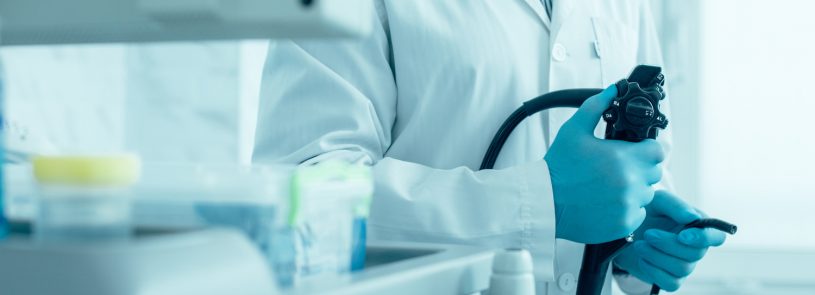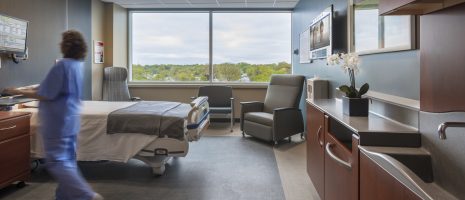How to optimize space for endoscopy expansion

By Suraj Soudagar
In a recent article written for Outpatient Surgery magazine, I listed several suggestions to help optimize new or renovated gastrointestinal (GI) facilities. Rather than focusing on aesthetics, I concluded that emphasis should be placed on functionality to ensure that equipment can be cleaned and stored without disrupting day-to-day activities. In the article, I made recommendations regarding space conservation and cost considerations that can improve efficiency and safety while saving money in the process.
Space conservation
Making the best use of space for GI facilities should begin by allocating a proper room for the reprocessing of endoscopes. Eliminating the possibility of cross contamination is critical and accomplishing this can be done by defining explicit areas of the reprocessing room to focus on manual cleaning, high-level disinfection, and storage. Arranging these areas to allow for one-directional workflow keeps equipment clean and organized before the usage cycle begins again. This solution is not all-encompassing and other specific medical equipment should be factored into the overall design depending on installation, size, and use. After establishing this room, focus can then be shifted to other areas of the building such as procedure rooms, recovery spaces, and the lobby (which should be last in importance).
Cost
In order to stay under budget, prioritizing equipment is an important aspect of efficiently designing a GI facility. GI equipment is very expensive (without even considering installation or costs associated with a specific location), so focusing on critical equipment should be priority No. 1. Additional equipment like automated endoscope reprocessors, barcode scanning systems, and drying cabinets can significantly improve efficiency but have considerable upfront costs. It is worth noting that what is “suggested” by regulatory agencies today could become mandates tomorrow, so being proactive today, if possible, can prepare your facility for future requirements.
Ultimately, these efforts can save time, resources, and money by simply prioritizing safety and efficiency over aesthetics to improve the patient experience. For a deeper dive into the information discussed here, read my article, “Working Backwards When Outfitting for GI,” in Outpatient Surgery Magazine.
Related reading: “Reprocessing of endoscopes is essential to patient safety.”












